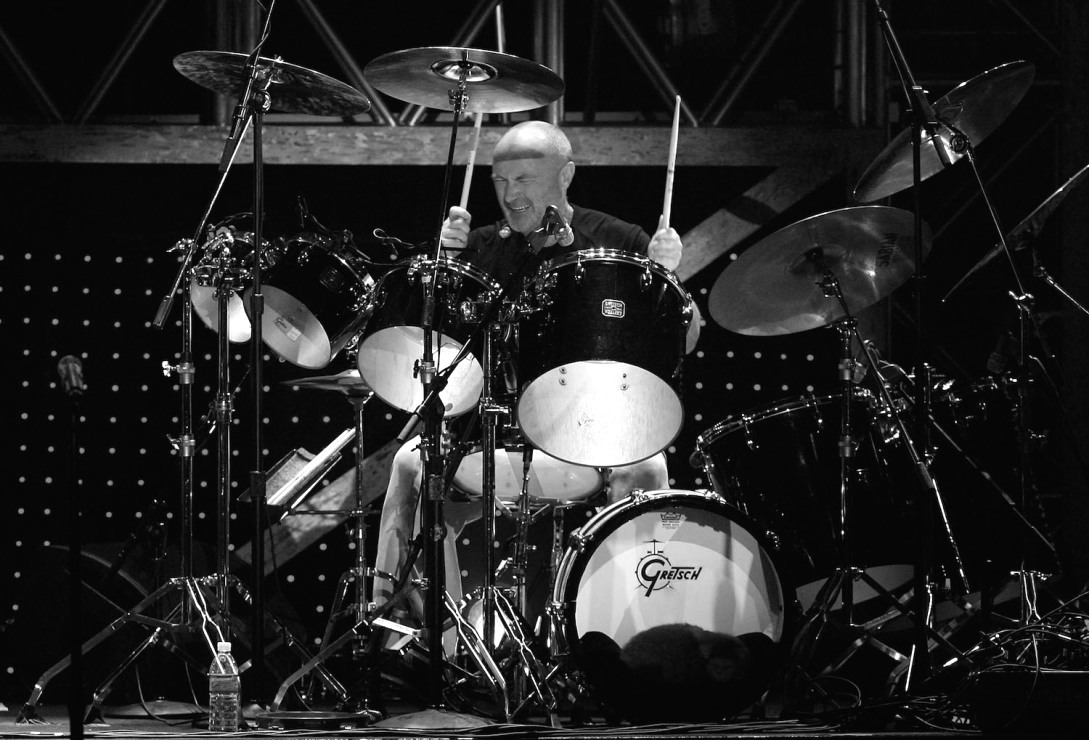Unless your technical knowledge of music runs deep, you may have never heard the phrase “gated reverb.” But you’ve definitely heard the effect in action: It’s that punchy snare drum sound that first gained traction in music in the 1980s. If you can play the drum beat from “I Would Die 4 U” by Prince or “Born in the U.S.A.” by Bruce Springsteen in your head, you know what sound we’re referring to.
But that iconic element of pop might not have emerged if it wasn’t for Peter Gabriel and Phil Collins. As Vox lays out in its new video, the discovery was made in 1979 during the studio recording of Peter Gabriel’s self-titled third solo album (often called Melt because of its cover art). Gabriel’s Genesis bandmate Phil Collins was playing the drums as usual when his beats were accidentally picked up by the microphone used by audio engineers to talk to the band. That microphone wasn’t meant to record music—its heavy compressors were designed to turn down loud sounds while amplifying quiet ones. The equipment also utilized a noise gate, which meant the recorded sounds were cut off shortly after they started. The result was a bright, fleeting percussive sound unlike anything heard in popular music.
Gabriel loved the effect, and made it the signature sound on the opening track of his album. A year later, Collins featured it in his hit single “In the Air Tonight,” perhaps the most famous example of gated reverb to date.
The sound would come to define music of the 1980s and many contemporary artists continue to use it today. Get the full history of gated reverb below.
This article can be found on MENTALFLOSS.COM


